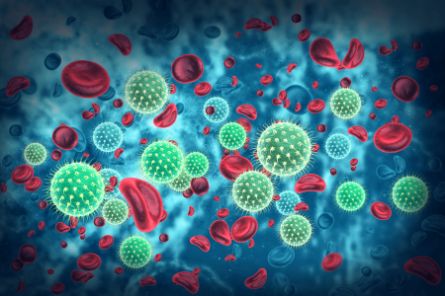Before you start any treatment for breast cancer, you should know what types of tests are available. The two main types of tests are mammography and ultrasound. Mammography is a detailed X-ray of the breast and the ultrasound uses sound waves to make pictures. An ultrasound scan is also a good way to rule out cancer in the breast. Both mammography and ultrasound require the patient to undergo an examination, and can detect breast growths before they’re palpable.
In addition to surgery, chemotherapy and radiation therapy are other treatments available for patients with breast cancer. Radiation is a common treatment and is often used before surgery to shrink the tumor. It may also be used to destroy small amounts of cancerous tissue after surgery. However, radiation can cause side effects, such as breast swelling, nausea, diarrhea, and fatigue. Chemotherapy, on the other hand, uses chemicals to kill cancer cells and is not suitable for every person.
Regardless of the type of cancer, women should be aware of the risk factors for developing it. For instance, women from affluent backgrounds are more likely to develop breast cancer than those from lower-income communities. Some studies suggest that the difference may be related to variations in diet and pregnancy, as well as tumor biology. However, there are no definitive causes for differences between race and income, so it’s important to seek medical care for any suspicious breast lump.
While there are several types of breast cancer, the best chance of surviving one is to get diagnosed early. Treatment for invasive breast cancer is possible if it’s caught in its early stages. Invasive cancer may spread to nearby lymph nodes or distant organs. Once it’s spread to the lymph nodes, however, it becomes much more difficult to treat, but if detected early, it can be controlled and cured for years.
Inheritance is one cause of breast cancer. Although rare, inherited breast cancer accounts for about 5-10% of cases. It’s caused by changes in genes passed down from parents to children. Several of the inherited mutations are located in tumor suppressor genes, which normally prevent the growth of cancer cells. The cancer cells that carry these mutations grow out of control. This means that women who carry the BRCA1 gene are more likely to develop the disease than those without the gene mutation.
Women can develop breast cancer of any type, but one-quarter of all cases of invasive breast cancer are HER2-positive. HER2-positive cancers are more aggressive and spread more rapidly than HER2-negative cancers. They also respond well to targeted drugs against HER2 protein. For these women, this type of treatment may not be as effective as HER2-negative cancers. However, if you are diagnosed with HER2-positive breast cancer, you will be treated with the corresponding drug if the disease is HER2-positive.
Symptoms of breast cancer include abnormal lumps in the breast, swelling in the breast, nipple discharge, and changes in the skin around the affected breast. Early diagnosis of the disease greatly increases the chances of survival. In fact, breast cancer patients with a timely diagnosis are almost 100% likely to survive for five years. If cancer has spread to other areas of the body, the survival rate is much lower. You should never delay treatment for breast cancer if it has spread or metastasized.









